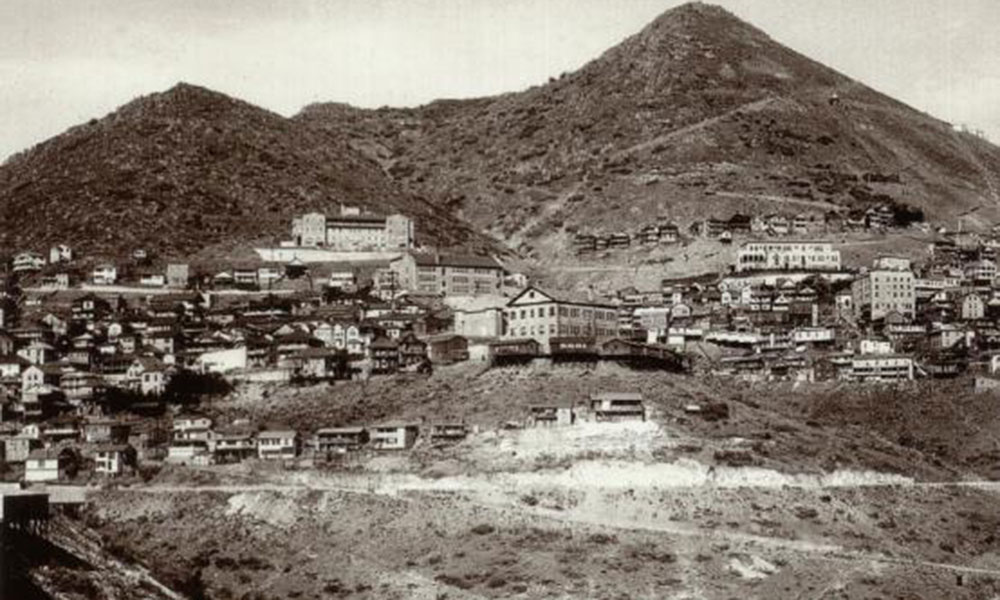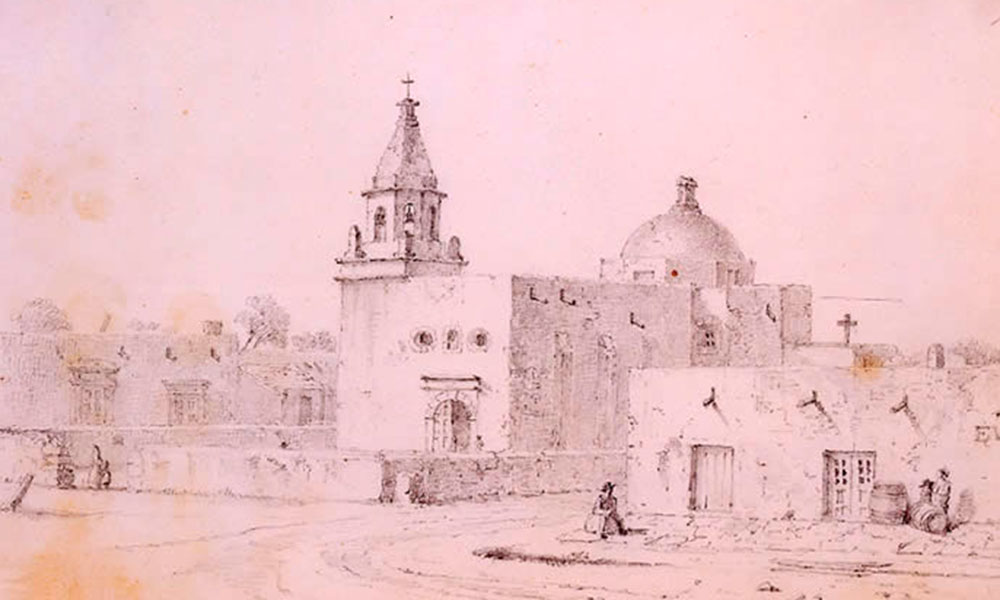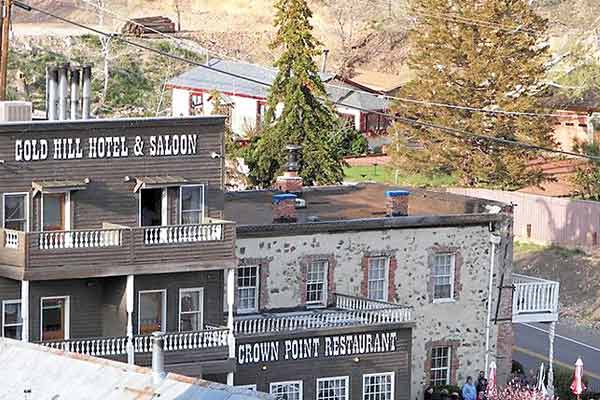
Nestled on the slopes of the cone-shaped Cleopatra Hill, Jerome was once the third largest city in Arizona and the pride of the territory. She was a veritable mountain of gold, silver and copper.
Long before the coming of the white man the Indians had used her copper, mostly for the pigment. The Spanish explorers found it too, for they left behind some of their tools that would be discovered some two hundred years later. Yep, the mineral was there, the problem was how to transport the ore from that remote area.
Army Chief of Scouts for General George Crook during the Apache Wars, Al Sieber, staked a claim there in the 1870s but never realized it value and sold out cheap. Others tried too.
A New York financier, Eugene Jerome was approached and asked to invest but he wasn’t really interested. However, his wife and sister-in-law, both wealthy in their own right, convinced him to invest $200,000. Jerome insisted the town be named in his honor. He was a cousin to Jennie Jerome, the American who married Randolph Churchill and became the mother of Sir Winston Churchill.
In 1883, they hit a large vein of silver but after taking out some $80,000, the vein pinched out. Freight rates did them in. It cost $20 a ton to transport the ore to the nearest rail at Ash Fork and it was 60 miles over a rough wagon road to Prescott. Jerome was just too isolated.
In 1888, Phelps Dodge sent Dr. James Douglas, a brilliant mining man, to tender an offer to Jerome for the mine. The frugal Douglas offered just $30,000 and Jerome countered with $300,000.
Meanwhile, William Andrews Clark, a Montana magnate, visited the site, dressed as a hard rock miner and was convinced Cleopatra Hill was going to be a bonanza, met Jerome’s price. Meanwhile, Dr. Douglas decided to reconsider and decided to meet Jerome’s offer but he was a day late. It would prove to be a costly mistake for Phelps Dodge.
Many years later Phelps Dodge acquired the property Clark’s heirs for 21 million dollars, but that was after millions and millions of dollars had been extracted from Cleopatra Hill.
Clark stood only 5’2″ in height but he was a giant among the magnates of the so-called Gilded Age. Nothing could stop the diminutive man with the red beard from getting what he wanted. He was also a very secretive man and he loved intrigue. Nobody ever knew for certain how much he was worth. He kept the left-hand side of the ledger in New York and the right-hand side in Jerome. Only he was allowed to read both sides. This secrecy was even carried over into the mines. Those miners working topside were not allowed to go below and those working below were not allowed to discuss their work under threat of dismissal.
Clark maintained a permanent residence in Butte and since he rarely delegated authority, a private railroad car transported him to his various holdings. He had little or no fear of local territorial governments. From time to time the idea of a bullion tax on the mines would spring up in the Arizona Territorial legislature. When it did Clark would send his superintendent, Henry Allen, down to the Jerome bank, make a large withdrawal and announce to all he that he was going to Phoenix to buy some mules and jackasses. A few days later Henry would return, without the money and with no livestock in hand. Shortly afterwards, the tax bill would die a quiet death in some committee. It was said some of those territorial legislators were the best money could buy.
https://truewestmagazine.com/show-low-arizona-naming/





